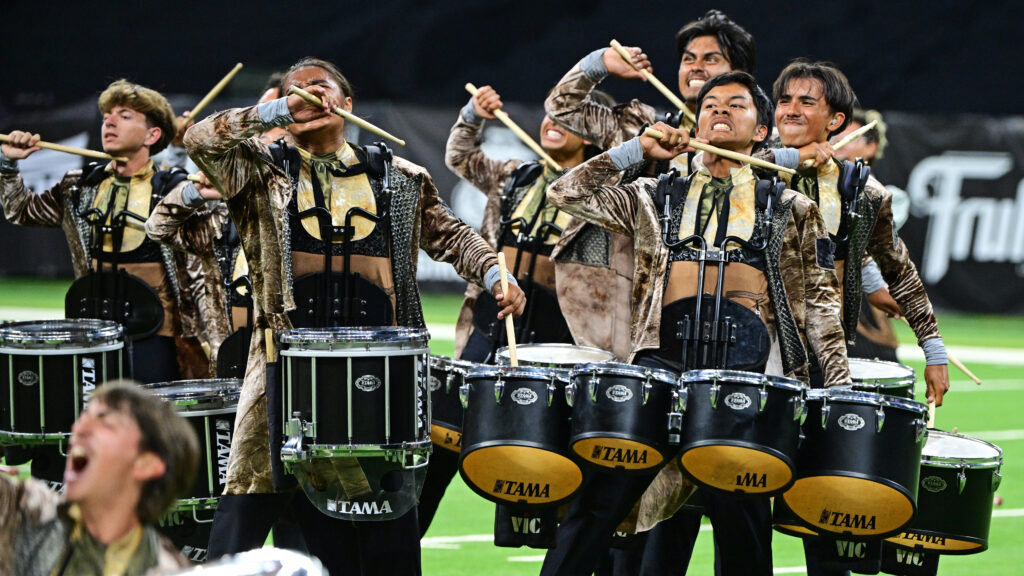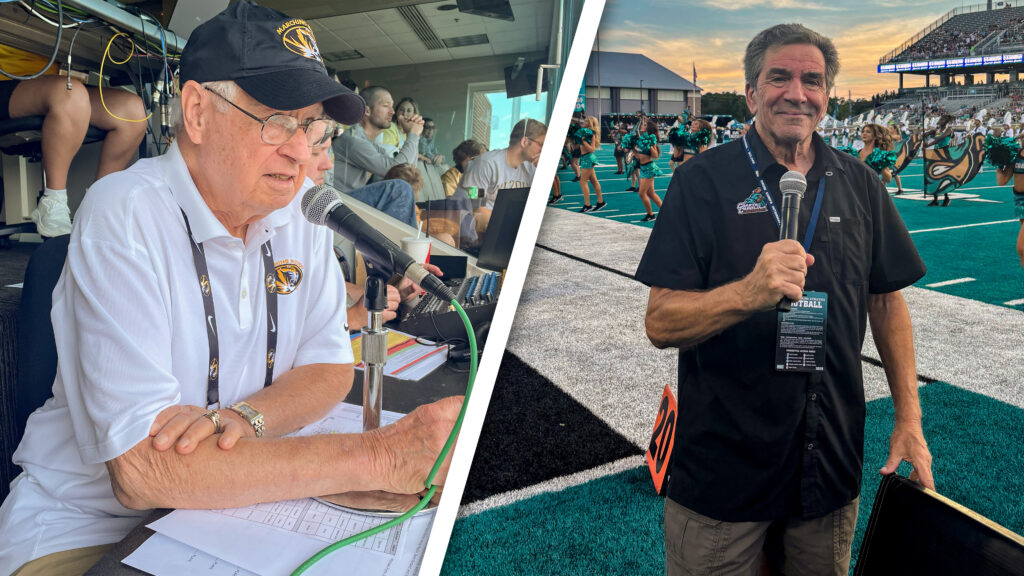From an East Coast Jazz press release:
The East Coast Jazz’ 2005 program will be called “Stolen Moments – A Time and Place in Jazz.” The corps will explore five specific styles of the jazz idiom by visiting the time and place where they were made famous.
1. Storyville, 1917:
The birth of jazz. From gospel to dixieland/brass bands to ragtime, the first production will feature a small brass ensemble, a wailing brass and some flashy front ensemble work. Storyville is one of the places where jazz came in from the street. It’s located in the French Quarter in New Orleans and is believed to be where Louis Armstrong made his first professional appearance.
2. The Cotton Club 1927:
Jazz becomes the popular music of the time. The Cotton Club in Harlem (NYC) was the center of the jazz universe. We are looking at a few different pieces to represent the Afro-Cuban and swing styles. Look for a battle of the bands section that recreates the famous battles between the Duke Ellington and Chick Webb orchestras. Lots of rhythmic front ensemble moments and hot brass licks!
3. Roseland Ballroom 1932:
The country is in the midst of the great depression and jazz reflects the somber tone and plays the blues. Chicago was home to many famous blues artists and clubs. The standard “Body and Soul” changes the pace of the show. Think smoky and sultry — more great guard body features and one bluesy trumpet solo.
4. Minton’s Playhouse 1954:
Times were changing. Jazz becomes much more complex. Minton’s Playhouse was one of a number of places in NYC where bebop flourished. We’ll be using this segment to showcase the percussion section. Crazy keyboard runs replicating the piano voice and battery notes all over the place.
5. Berkee College of Music 1972:
As jazz splinters into many different styles and subgenres, we combine the jazz/rock fusion and Latin styles to close the show with fire. Once again the East Coast Jazz will use the music of Boston native Chick Corea. This time it’s his masterpiece “La Fiesta.” Many contemporary big bands have covered the piece (Buddy Rich, Woody Herman, Maynard Ferguson to name a few), but with the creative talents of the ECJ design team, it becomes a piece we can call our own.





